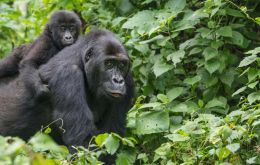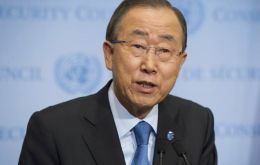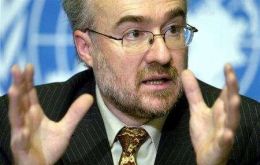MercoPress. South Atlantic News Agency
Tag: UN's Montreal Protocol
-
Saturday, August 26th 2023 - 23:49 UTC
Global fund for nature restoration and biodiversity conservation

The international community ratified a new global fund aimed at ramping up critical nature restoration and biodiversity conservation, at a gathering in Vancouver. Canada and Britain said they together would provide US$ 160 million in seed money to set up the Global Biodiversity Framework Fund (GBFF).
-
Monday, October 17th 2016 - 19:25 UTC
Historic agreement to phase down HFC gases in air conditioners and refrigerators

Negotiators from nearly 200 nations reached a historic deal to phase down emissions of hydrofluorocarbons (HFCs) — potent greenhouse gases used in air conditioners and refrigerators. The agreement, a major expansion of the 1987 Montreal Protocol, which eliminated the use of the ozone-depleting chlorofluorocarbons, was finalized during a United Nations meeting in Kigali, Rwanda.
-
Sunday, November 9th 2014 - 09:52 UTC
Antarctic ozone hole reached annual peak 11 September and with the size of North America

The Antarctic ozone hole reached its annual peak size on Sept. 11, according to scientists from NASA and the National Oceanic and Atmospheric Administration (NOAA). The size of this year’s hole was 24.1 million square kilometers, an area roughly the size of North America.
-
Wednesday, September 17th 2014 - 01:52 UTC
UN hails progress achieved in reducing damage to the ozone layer

United Nations officials hailed on Tuesday the progress made in reducing damage to the ozone layer and the vital role played by one of the most successful environmental treaties in history in phasing out ozone-depleting substances.
-
Wednesday, April 6th 2011 - 06:25 UTC
Unprecedented damage to the ozone layer over the Arctic, says WMO

The ozone layer has seen unprecedented damage in the Arctic this winter due to cold weather in the upper atmosphere. By the end of March, 40% of the ozone in the stratosphere had been destroyed, against a previous record of 30%.
